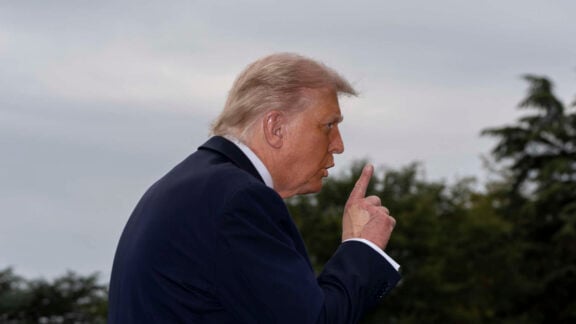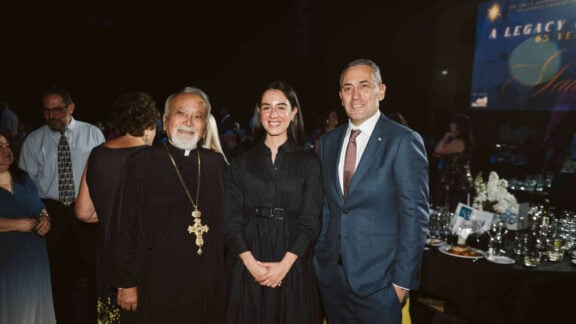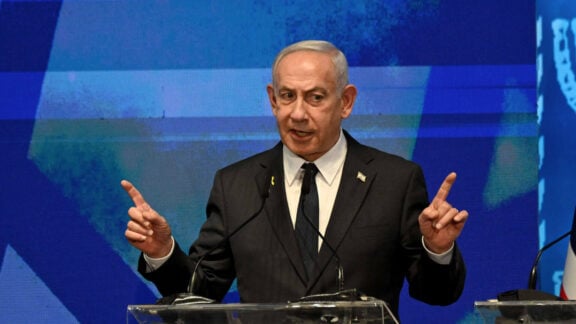Modern day Australia is considered to be a world paradigm, and rightly so, because of the way it managed to integrate into its mainstream people from almost two hundred different ethnic, cultural, religious and linguistic backgrounds during the post war period.
Up until 1945, immigration in this country was seen mostly as a security issue and was handled almost exclusively by the Minister of Home Affairs.
Considerations of national security as a result of the Australian experience in the Second World War and the need for economic development led to the creation of the portfolio and the department of Immigration by the then Ben Chifley Labor government in July 1945. The first minister was Arthur Calwell, who later went on to become leader of the Australian Labor Party and leader of the Opposition.
During the last 70 years the Minister of Immigration, Multicultural Affairs and Citizenship, as it became known later on and up until recently, was a senior member of Cabinet. A brief rundown of all the political heavyweights that were appointed to the portfolio reflects the importance that successive Australian governments from both sides of politics placed in this area.
Harold Holt, before he became the Liberal Prime Minister, served for a number of years as an immigration minister in the Menzies era. Billy Snedden, who went on to become the Liberal Party’s leader in the 1970s, Phillip Lynch and Ian McPhee in the Fraser era, Phillip Ruddock and Amanda Vanstone in the Howard years; they were all Liberal heavyweights who served as Ministers of Immigration and Multicultural Affairs.
From the Labor side of politics in the last twenty five years, Robert Ray, Gerry Hand, Nick Bolkus, Chris Bowen and Tony Burke all served as Ministers of Immigration.
Adopting a long term positive approach to build up Australia’s population, economy and national security, through a comprehensive mass immigration program that aimed to integrate into the mainstream all newcomers in this land, was a national priority that enriched and served well both the country and the migrants themselves.
Long term planning and national confidence enabled Australia to have in today’s global and extremely competitive world a dynamic and forward looking society and workforce, with multicultural insights, contacts and knowledge.
Having accomplished all these achievements, having ‘showcased’ to the rest of the world the Australian way of managing cultural enrichment and diversity, the governing parties of Australia appear to have forgotten lately the recent history and recent successes of this country.
A few days ago the new Prime Minister Tony Abbot announced his new ministry. Media attention was rightly focused on the disappearance of women from this Coalition government. What went unnoticed though, was the fact that this new conservative government also ‘eliminated’ from its composition the Ministry of Immigration, Multicultural Affairs and Citizenship. In the first Abbott ministry Scott Morrison, a cabinet member, is called Minister of Immigration and Border Protection. Multicultural affairs and settlement services will be addressed by NSW Senator Concetta Fierravanti-Wells, a parliamentary secretary for social services.
The new ‘supplementary’ name to the ministry of Immigration given by the Abbott government, its direct link from now own with border protection only, and the disappearance of the words and of the scope of multiculturalism and citizenship is of great political and ideological importance. This shift in the ‘thinking’ of the government, this inward and defensive shrinkage of scope to a by-gone era, needs to be addressed by all who believe that immigration and multiculturalism are nation building, geostrategic assets to this country and not a secondary affair or an external threat.
Advertisement
Multiculturalism displaced
Modern day Australia is considered to be a world paradigm, writes Kostas Karamarkos in this week’s opinion







